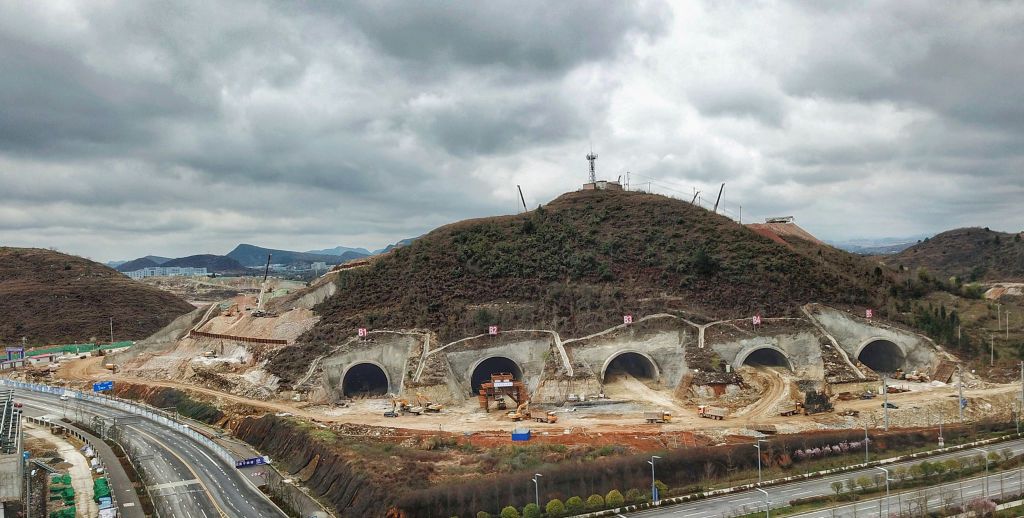How Energy-Generating Sidewalks Work
How Energy-Generating Sidewalks Work
Energy-generating sidewalks are a modern innovation that transforms the simple act of walking into a sustainable energy source. These sidewalks…

How Energy-Generating Sidewalks Work
Energy-generating sidewalks are a modern innovation that transforms the simple act of walking into a sustainable energy source. These sidewalks are equipped with special tiles that harvest the kinetic energy created by footsteps and convert it into electricity.
The tiles used in energy-generating sidewalks are made from durable materials such as recycled rubber or concrete. They are designed to be strong enough to withstand heavy foot traffic while still being flexible enough to capture the energy from each step.
As people walk on these sidewalks, the pressure from their footsteps causes the tiles to bend slightly. This bending motion triggers a small generator housed within the tile, which converts the mechanical energy into electrical power.
The electricity generated by the sidewalks can be used to power nearby streetlights, traffic signals, or even homes and businesses. This energy can also be stored in batteries for later use or fed back into the grid to help offset energy costs.
Energy-generating sidewalks not only provide a renewable source of electricity but also encourage physical activity and reduce carbon emissions. They are a sustainable solution for urban environments looking to reduce their dependence on traditional energy sources.
The technology behind energy-generating sidewalks continues to evolve, with researchers exploring new ways to improve efficiency and durability. Innovations such as solar panels embedded in the tiles or wireless energy transfer are being developed to further enhance the capabilities of these sidewalks.
Overall, energy-generating sidewalks are a promising development in the field of sustainable energy. By harnessing the power of human movement, these sidewalks have the potential to transform cities into clean, energy-efficient environments.






